Every country has its own culture when it comes to religion, superstitions, fashion, food, etc. Similarly, when it comes to cars too, every country has different types of vehicles and are known to have different car culture as well. The same cars that are successful in one country may not be successful in other countries, while some cars will perform better only in a few of them. We are not here to declare that the car culture of some countries is better than others, but no matter how good the cars are, there will always be a problem. In this article, we throw some light on the problems with the Indian car culture and maybe a few suggestions on how we can improvise.
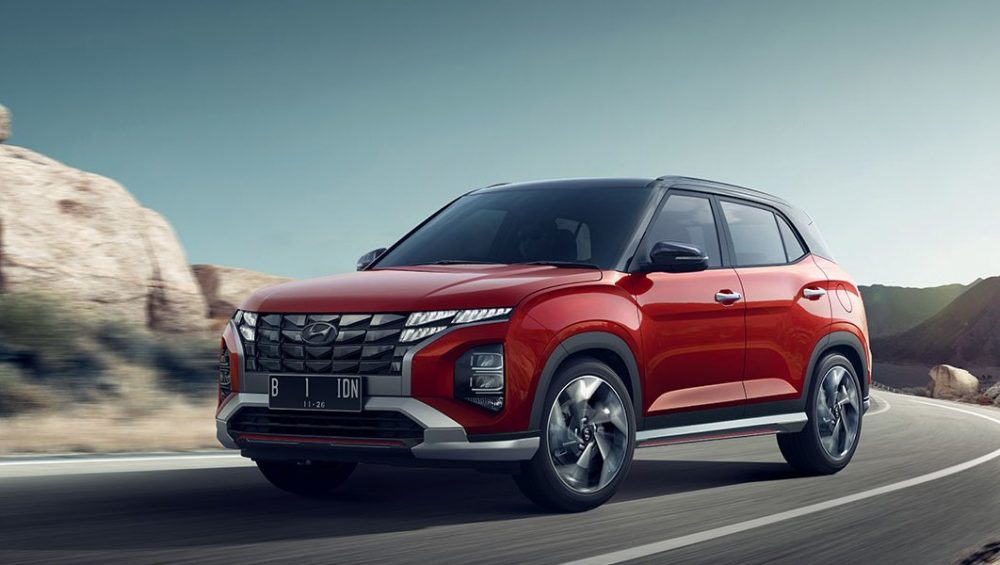
SUVs are all the rage now, which is true throughout the world and not just in India. Some manufacturers who never had an SUV model before are introducing them to keep up with the pace. A few examples would be the Bentley Bentayga, Alfa Romeo Stelvio, Aston Martin DBX, Jaguar F-Pace, Maserati Levante and the Rolls Royce Cullinan.
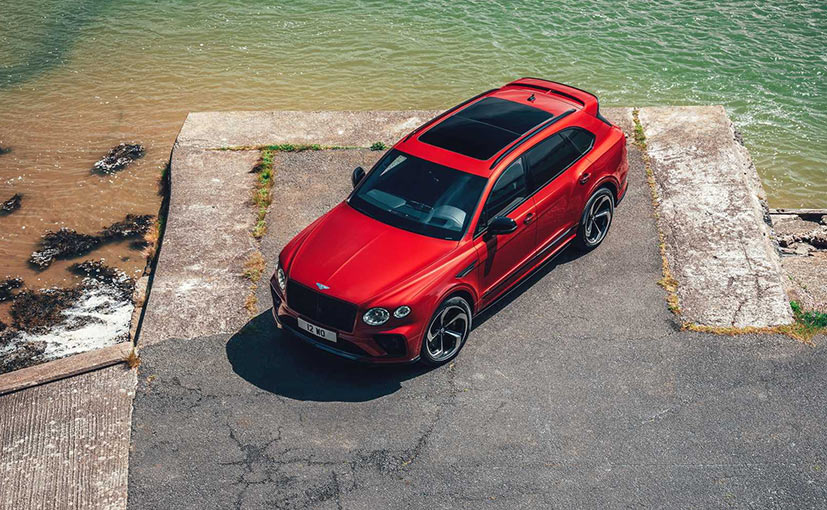
India as a country still belongs in the ‘Developing’ category, and the primary reason behind this is that the majority of the Indian population is either middle-class or lower-middle-class. Now, all thanks to the pandemic, many families from the middle class have moved down to the lower middle class while many from the lower middle class have slipped into poverty. So, because of this whole situation, the sales volume is always high for cars that cost less than Rs.10 Lakh. Although cars above 10 lakh are picking up pace, especially with all the SUVs lying around at the same price point, we can say the culture has started to shift.
Subscribe To The GoMechanic YouTube Channel 🔥
Let’s look at some factors that influence the problem with the Indian car culture.
-
Insanely High Taxes
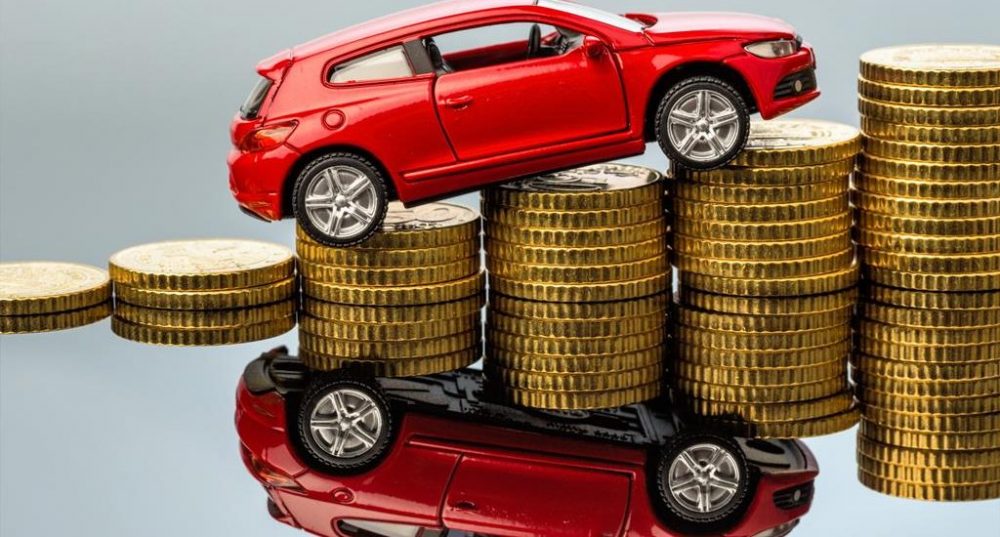
Incredibly high tax on cars Did you know that you are paying 28% as GST, and this is included in the ex-showroom price itself? The Indian government is greedy, to say the least, and the fact that India has the highest tax levied upon cars is proof enough. In the auto sector, India charges 28% as GST, while in more developed countries such as Germany charges 19% as VAT, there is no indirect tax in the USA. In Japan, they charge 10% as consumption tax, and in China, they charge 16% as VAT. Not to mention the road tax that each individual state charges over the GST and other cesses that are already included in the ex-showroom price.
Now, these taxes are even higher for luxury cars and cars that are imported, and they go all the way to almost 115-125% of the tax itself to be paid as import duties. The same Toyota Camry that costs Rs.18 lakhs in the UAE costs Rs.45 lakhs here in India, while a Toyota Prius Hybrid that costs Rs.17 lakhs in UAE costs Rs.54 lakhs here in India. We understand that every country levies taxes on the manufacturers for different reasons, but these values are unbelievable and can be reduced not only to improve automotive sales but this will improve the economic sector as a whole.
-
Rules against modification

A Modified Contessa Did you know that it is illegal to modify bikes or cars in India? Yes, it is true, and you can’t even put a sticker on your vehicle if it is not provided by the manufacturer. So you can forget about performance modifications completely. The major reason that the government provides is to identify the vehicle in case of theft as changing the colour, or entire parts of the car misleads the police. I believe unless the chassis number remains intact, any modification can be allowed and made legal. This lets many people customize their rides in unique ways, and that itself will help solve one of the biggest problems with the Indian car culture.
When you see cars that are modified in other countries, you will obviously be jealous because that is how good they will be after modifications. We are not telling you that all modifications are suitable, but it adds a personal touch to your car that makes your car actually yours.
-
“Kitna deti hai” mindset

Fuel efficiency above everything If you give a typical Indian a 1000hp hypercar, his first question will still be ‘Kitni Dhethi Hai?’ We’re sure he will prefer a regular hatchback that gives him 25 km per litre, even if we give him a Mercedes-Benz E-class at the same price that gives 10 km per litre. Now, this typical Indian is not to be blamed entirely because the government also proudly takes part in this problem with the Indian culture. This is again because of the high taxes imposed on fuels, too, resulting in expensive fuel prices, which a typical Indian has to carefully spend. The manufacturers also bank on this particular weakness of a typical Indian and advertise their products to have the highest fuel efficiency.
-
Lack of affordable sports cars
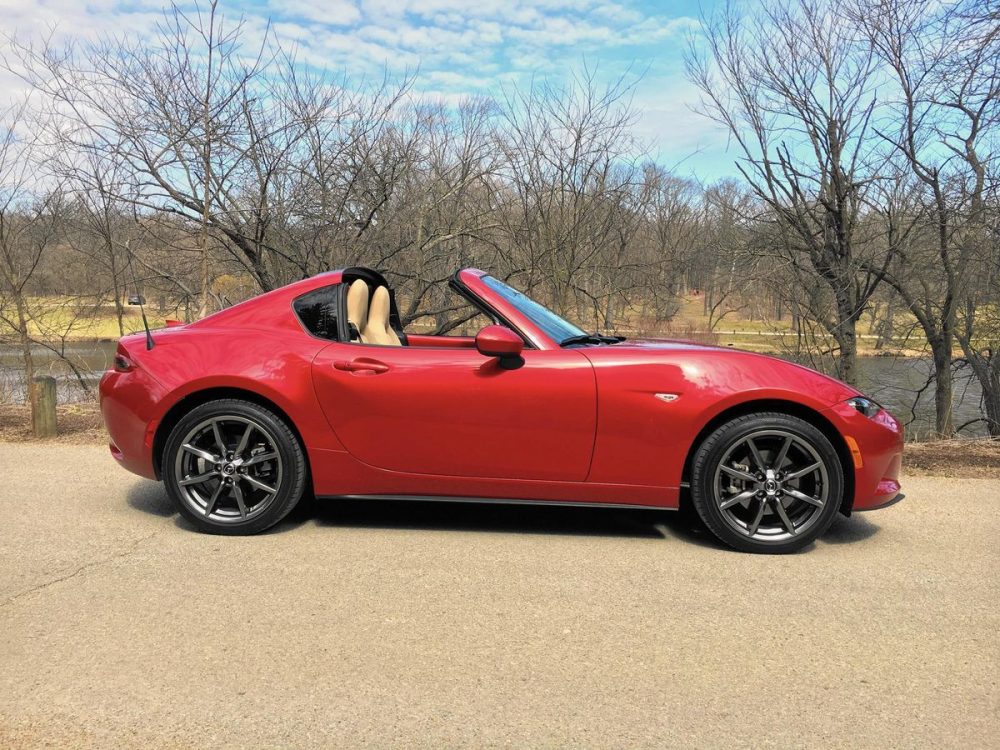
Affordable Sports Cars This is a real pain that we cannot express, and we are outright jealous of countries that have these affordable sports cars. We, in India, have small cars, hatchbacks, sedans, SUVs, luxury cars and heck, we even have crazy-expensive powerful sports cars, but one thing we don’t have are these affordable sports cars. In countries like the UK, they have vehicles like the Alpine A110, Mazda MX-5, and the Toyota GT86, which are not cheap but affordable. If you look at it in another way, we would be happy if they brought small sports cars like the Honda S660 Roadster at an affordable price.
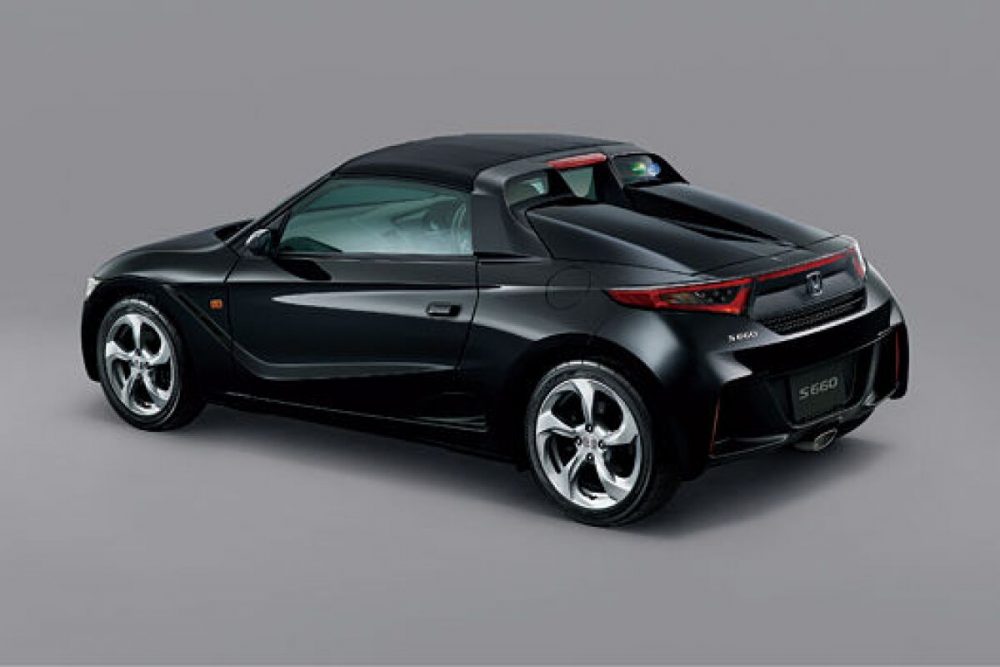
Honda S660 Roadster These small mid-engined sports cars are all the craze in markets like Japan, Indonesia and even western countries. These cars are actually cheap to own and maintain because they have smaller engines, smaller dimensions, are lighter and hence give good fuel efficiency as well. In theory, if these cars were to be made here locally in India, they would probably cost lesser than the Swift and a little higher than the Kwid. They may be costlier than the Kwid, but they offer a million times more fun, which definitely justifies the price. We are sure they will not be here anytime soon, but we keep our fingers crossed.
-
Lack of good roads and infrastructure
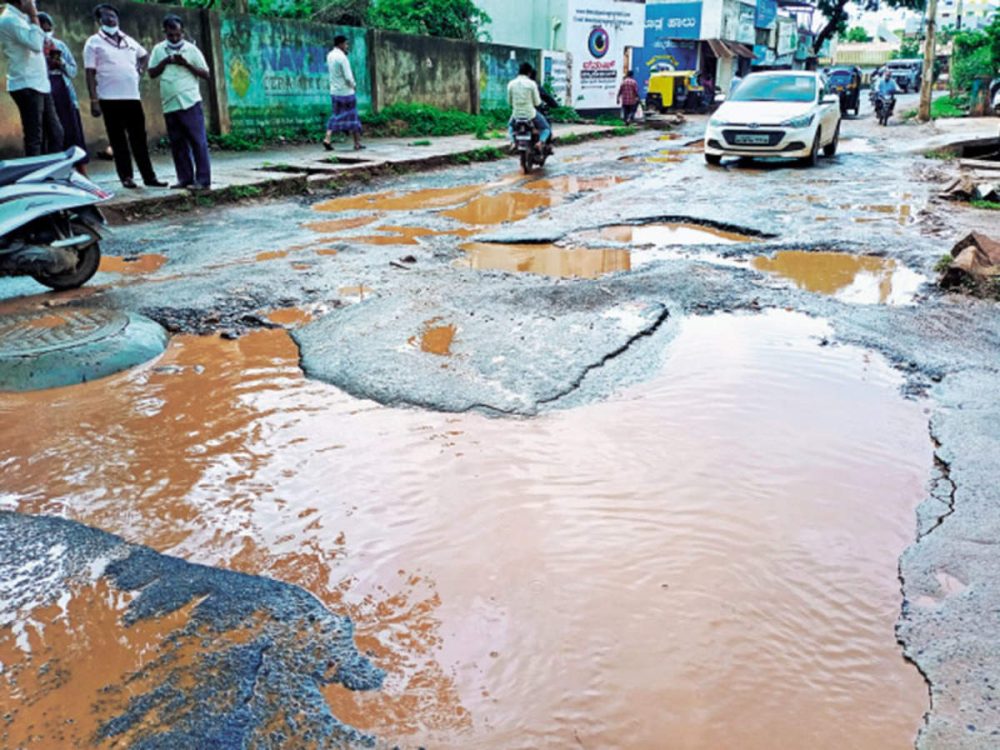
Bad roads and infrastructure No matter how good your car is and how fast it can go, it will be rendered useless when you see this scene in front of it. Although we pay road tax apart from a thousand other taxes, we do not have good roads in 90% of the places apart from recently constructed highways. This is again something that can be blamed on the government that literally has a department to care for these issues. Now we agree that the monsoon plays spoilsport and wreaks havoc on the roads but come on, it is not going to rain 365 days a year, and almost throughout the year, the roads are bad and messed up. Hopefully, the government will provide us with better roads, and there is nothing else to it.
Get your car serviced at GoMechanic.
-
Cars are always a Status symbol.
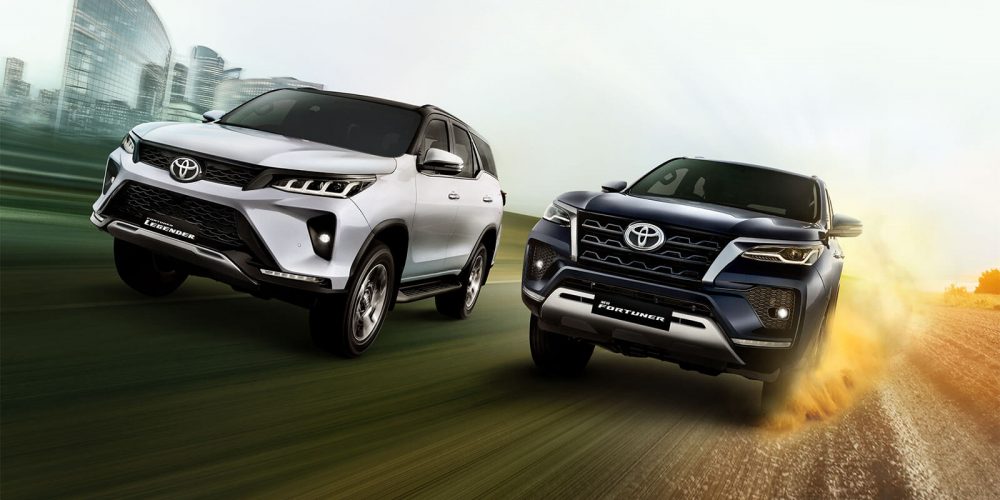
Toyota Fortuner In India, a car is always considered a status symbol and the bigger the vehicle, the higher the status. People don’t even know that a Honda Civic or a Skoda Octavia costs more than a Hyundai Creta or Mahindra XUV500, but they consider owning the bigger SUVs as a better status symbol than the sedans. In other countries, they don’t care about status, and it is more about their requirement. For example, in other countries, if a family had a hatchback and now they are looking for a new car, they don’t mind repurchasing a hatchback if the new vehicle serves all their requirements.
This is not the same in India, though. If you had an Alto, then your next car should be a Swift, and the next car after that should be a Brezza or Tata Nexon and the next car after that should be a bigger SUV. You cannot go smaller, and that hampers your status, and you will be considered a fool even if the smaller car fits your requirements. Unless you buy a car for your son/daughter, you should never go for a smaller car. Now, this is not the same in every household, but this is usually the norm.
-
More power is always dangerous.
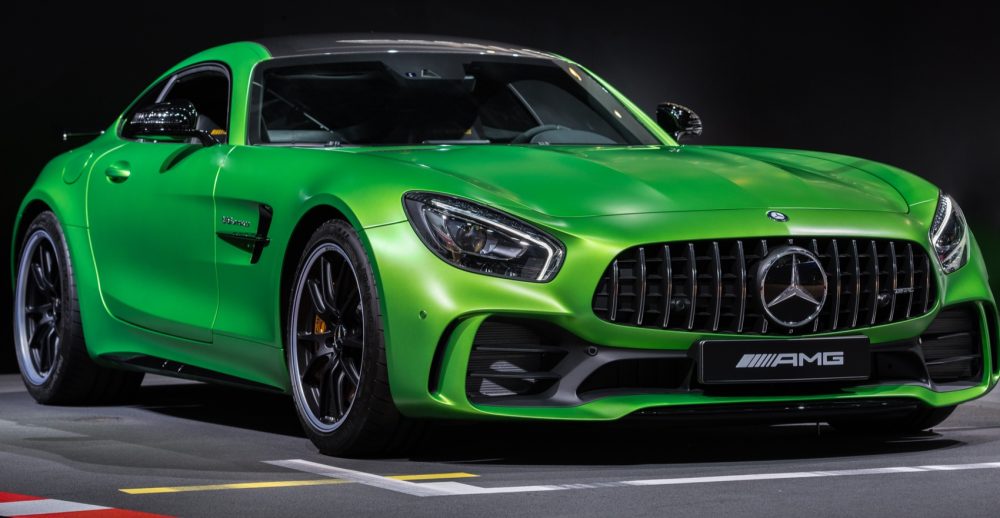
Mercedes AMG GT With great power comes great responsibility, and these responsibilities are even higher if you have a powerful engine at your disposal. Many in India think that more power gives you freedom over slower cars, and while it is true that you can go faster, you will have to make sure that you are doing it in a responsible way. The best place to show your prowess is the race track, and this is the only place you can unlock not only the machine’s potential but yours as well. With more power, you need to heighten your senses along with your judgement to tame all those horses that are unleashed at the press of a pedal. This is not one of the most important problems with the Indian car culture, but we need to make sure that people learn to drive more responsibly with the safety of them as well as others in mind.
-
Driving license issues

Driving License The driving license proves that you are eligible to drive a vehicle, but it definitely does not display how skilled or how amateur your driving skills are. This is the major reason why other countries have kind of a ranking system that shows the skill level of the driver and only based on that you can ride the respective bikes/cars of that level. For example, in the UK, there are categories like A1, A2 and A that define the power output and power-to-weight ratio that the rider is eligible to ride, and as the power output of the bikes increases, the rider has to attend more stringent tests that declare the rider is eligible to ride more powerful bikes. If we have this kind of system in India, especially the more stringent tests for powerful vehicles part, then the number of high-speed crashes and accidents will surely reduce by a lot.
-
Absolute lack of safety features
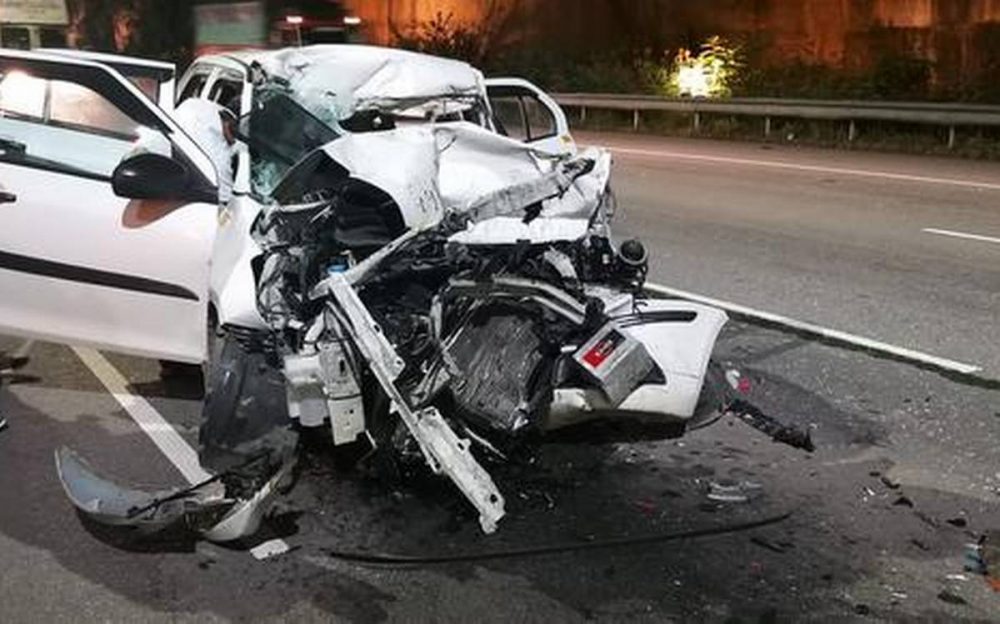
Car Accidents No matter how much we stress on the topic of safety, it is just not enough for us Indians. We have seen a growing trend towards safer vehicles and witnessed how the Tata Nexon is starting to sell more than other tin cans in its segment. But this is not enough as we need to make sure that every vehicle purchased by every prospective buyer, irrespective of the cost of the vehicle, should be safe. We are not asserting that there will be a lesser number of accidents because we know that is impossible, but we want to make sure that everyone is safe just in case they meet with an accident.
Also, we do not want all the cars to be 5-star rated in crash test safety (that would be a dream come true), but anything less than a 4-star rating should not be allowed to sell at all. Now this will come at a cost as manufacturers will start charging more to make their cars safer, and we believe the gold standard for this will be the cars from Tata. The Tata Tiago hatchback achieved a 4-star rating, the Altroz hatchback achieved a 5-star rating, the Tata Nexon achieved a 5-star rating, and although the Safari and Harrier are not crash-tested, we are sure they also will be four or more stars. Yet, all these cars are priced equivalent to the competition and offer almost the same amount of features. This is just a point to highlight the fact that more safety need not always mean costlier cars, and this should become the new normal in the coming years.
These points, according to us, highlight the problems with the Indian car culture and we think that at least some of them can be changed in the near future. We as Indians should uplift the car culture in India as something that we should be proud of and, if possible, make other countries envy us too, but it should not be the other way round. As we said in the beginning, we are still a developing country, and we have a long way to go before we establish a car culture that the next generations will be proud of, but until then, we as a community need to put in our efforts. While the government does its part, we need to make sure that we ride/drive responsibly and teach the same to our next generations as well.
What do you think about the problems with the Indian car culture, and what are your suggestions to improve our situation as a community. Let us know in the comment section below.
[DISCLAIMER: The opinions and statements expressed in this article are strictly that of the author and in no way defines or reflect the same of the organisation.]








Such an amazing article bro. So informative. Could really sense ur pain through these lines. These are the exact pain many Indian middle class car enthusiasts hold hidden 💔
Exactly
Great article and resonates to many people. Automobile sector is the largest employer and still product is heavily taxed. Our market mindset is reflected by Honda motors selling 6g iterations of active. Was expecting more from Gadkari. But an unfortunate truth Mahindra Maruti and Tatas themselves lobby for such stupid rules. Car is not luxury but necessity
As a newbie car enthusiast in India this article really resonates